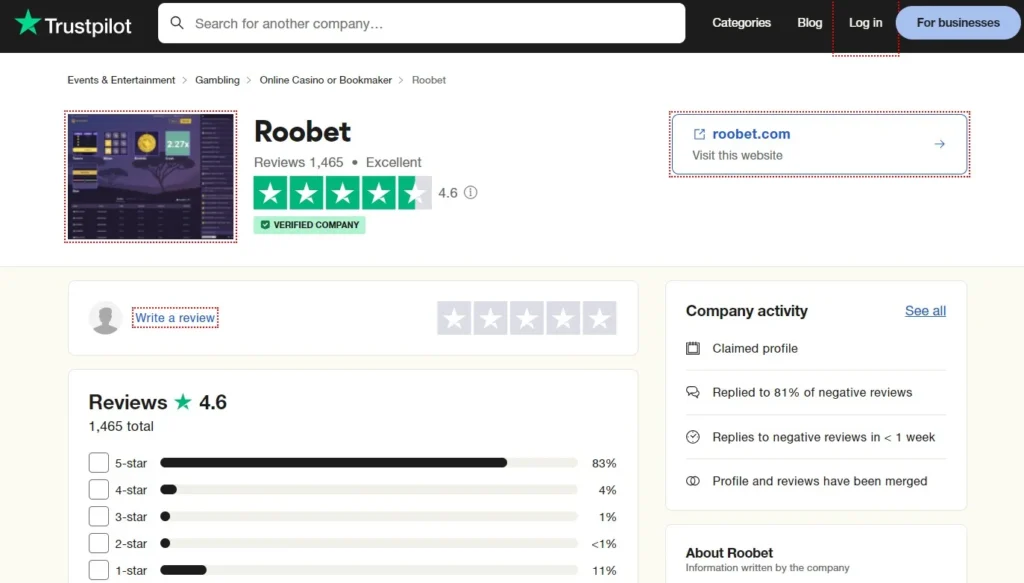Introduction aux Instant Casinos
Les Instant casinos offrent une expérience de jeu rapide et sans tracas, idéal pour les utilisateurs recherchant une gratification immédiate. Grâce à des technologies avancées, ces plateformes permettent aux joueurs d’accéder instantanément à des jeux variés sans téléchargement.
Bénéficier d’un Bonus Instantané
L’un des attraits majeurs de l’instant casino est la possibilité de recevoir un bonus instant casino dès votre inscription. Ce bonus est conçu pour renforcer votre expérience de jeu et vous donner un avantage dès vos premiers instants de jeu en ligne.
Connexion Facile et Rapide
Le processus de l’instant casino login est simplifié pour que vous puissiez vous concentrer sur l’essentiel: le jeu. La plupart des casinos en ligne instantanés nécessitent seulement quelques informations de base pour commencer.
Utilisation de l’Application et Accessibilité
L’instant casino app permet d’accéder aux jeux où que vous soyez, garantissant une expérience optimale sur votre appareil mobile. Ces applications sont souvent compatibles avec plusieurs plateformes, rendant l’accès aux jeux encore plus facile.
Pour plus d’informations sur comment débuter avec un instant casino en ligne, n’hésitez pas à explorer les ressources en ligne disponibles.



